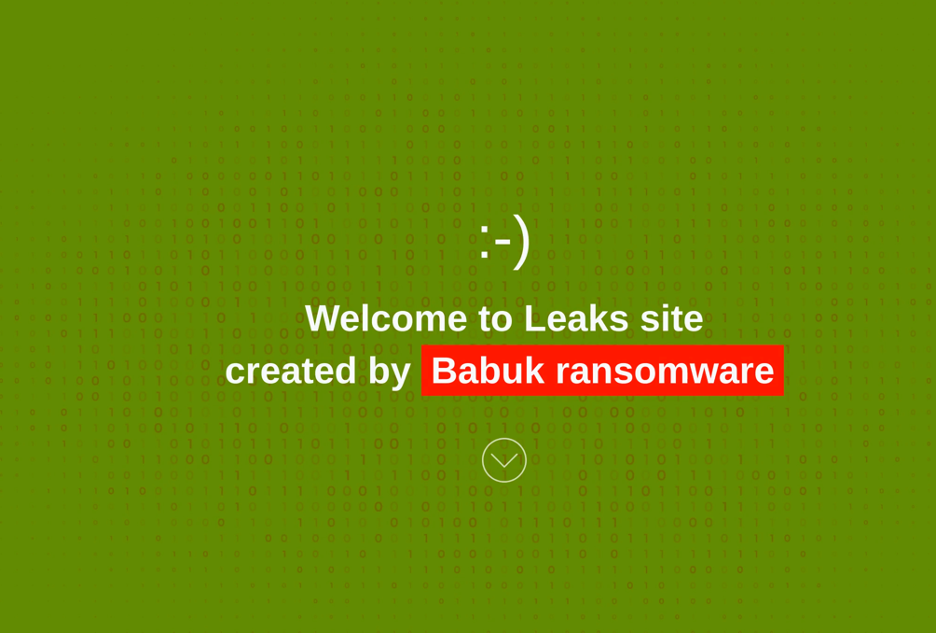
Babuk first made headlines by targeting high-profile organizations and critical infrastructure, including an infamous attack on the Washington D.C. Metropolitan Police Department. Early versions of the malware were sophisticated enough to encrypt systems across Windows and Linux environments, making it a versatile weapon in the cybercrime ecosystem.
After internal disputes, the original Babuk operators reportedly disbanded in mid-2021. However, remnants of the code and infrastructure reemerged through leaks and underground forums, spawning variants and inspiring copycat groups.
While Babuk’s initial campaigns relied heavily on encrypting data for ransom, its later incarnations evolved toward data theft and extortion without encryption. Victims are threatened with the public release of sensitive information via the group’s dark web leak site unless payment is made. This approach is aligned with a broader trend in the ransomware landscape, where threat actors leverage exfiltrated data as their primary tool of coercion.
Babuk ransomware uses a combination of AES and ChaCha8 encryption algorithms, along with multithreading techniques to maximize damage within networks. It typically infiltrates environments through phishing emails, exposed RDP services, or vulnerable VPN appliances.
The malware also includes Linux-targeting capabilities, making it a threat to VMware ESXi and other virtualized environments—often a high-value target due to the density of workloads.
Despite fragmentation among its operators, Babuk and its variants remain active in 2025, often resurfacing under different aliases or in modified forms. Organizations across sectors, from healthcare and logistics to law enforcement, have been impacted.
Velocis Technologies recommends the following mitigation strategies:
Babuk’s ongoing presence—even in fragmented form—reflects a critical truth in modern cybersecurity: ransomware groups may dissolve, but their tactics, code, and playbooks often live on. As the threat landscape evolves, organizations must prioritize identity security, data governance, and rapid incident response to stay resilient against ransomware threats.

Stay updated on our news and events! Sign up to receive our newsletter.